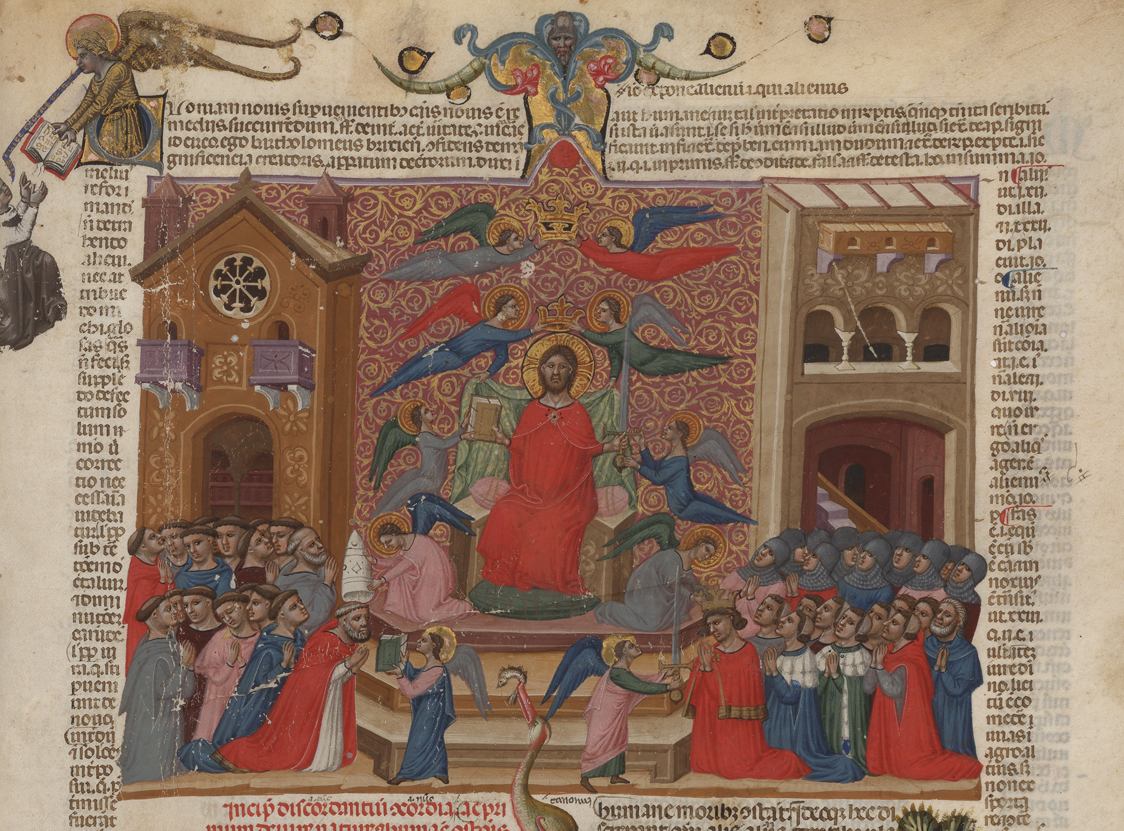Anti-päpstliche und anti-islamische Tendenzen in den Stuttgarter Apokalypse-Tafeln und anderen Apokalypsen der neapolitanischen Anjou-Dynastie
Historischer Kontext und franziskanische Exegese
Identifier (Artikel)
Abstract
Anti-Papal and Anti-Islamic Tendencies in the Stuttgart Apocalypse Panels and Other Apocalypses of the Neapolitan Anjou Dynasty. Historical Context and Franciscan Exegesis
The two Apocalypse panels in Stuttgart, probably made for the Anjou king Robert of Anjou, called the Wise (1309–1343), have an exceptional position in the panorama of medieval Apocalypse imagery. They constitute the oldest extant narrative example of a specific Italian tradition of Apocalypse cycles, which probably started with Giotto’s lost frescoes in the Neapolitan church Santa Chiara. Above all, the Stuttgart panels are unique among the medieval Apocalypse cycles, being based on a combination of six different exegetical texts, in particular various Apocalypse commentaries studied here for the first time in relation to the panels. Corresponding to the historical interpretation by the contemporary Franciscans Petrus Aureoli and Nicholas of Lyra as well as the older Alexander Minorita, the larger part of the exegetically inspired scenes is directed against Muslims and especially Turks, then considered the major enemies of the Christians. Another major theme concerns the person of Robert the Wise, the patron, in particular his theological and political conflict with Pope John XXII in 1333, the year in which the panels were probably created.
Statistiken


Lizenz

Dieses Werk steht unter der Lizenz Creative Commons Namensnennung - Nicht-kommerziell - Keine Bearbeitungen 4.0 International.


